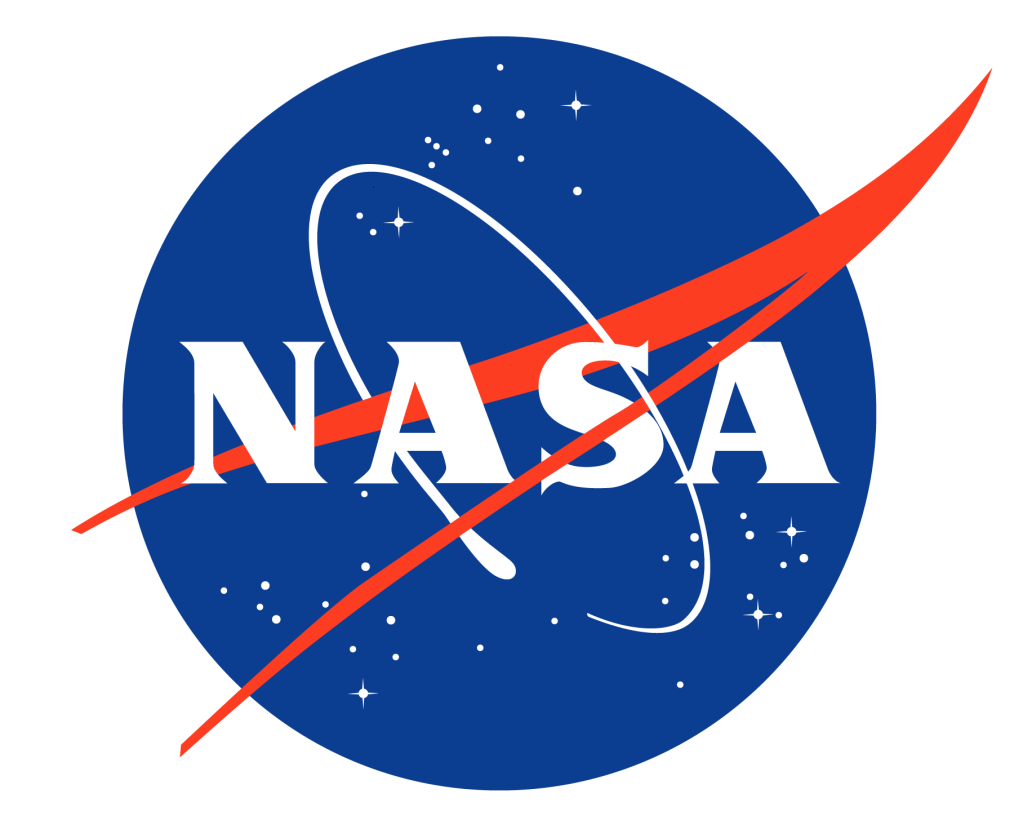
Reginald Turnill
Reporter, BBC
Reginald Turnill was the BBC’s Aerospace Correspondent from 1956-1976, and his first-hand reporting of the Soviet-U.S. space race, culminating in the moon landings was heard and seen by millions around the world.
Turnill started work in Fleet Street, the storied center of British press, at the age of 15. By 19 he was covering the national news for Britain’s national news agency, the Press Association – reporting among many others Winston Churchill’s big speeches before and after the war. After joining BBC in 1956 he covered the launch of Sputnik 1 and was so excited by it that he made space reporting his specialty. He spent the rest of his career commuting between London, Washington, Moscow, Cape Canaveral, Houston and Los Angeles, for briefings and to cover all the manned space missions as well as planetary missions like Mariner, Pioneer, Viking and Voyager. He knew the early astronauts and cosmonauts personally, and became a friend of Wehner Von Braun and Kurt Debus.
His “Observer Books on Manned and Unmanned Spaceflight” in the 1970s were followed by the “Observer’s Spaceflight Directory,” the first spaceflight directory, and then he created “Jane’s Spaceflight Directory” to add to the already famous “Jane’s all the World’s Aircraft” and “Jane’s Fighting Ships.”
Since leaving the BBC staff he has continued to broadcast and write on space. At the age of 80 he became the world’s oldest man to experience weightlessness on an ESA parabolic training flight. He covered both John Glenn’s spaceflights in 1962 and 1998, and when Glenn, 77, returned from his second flight he told Turnill: “I hope I’m still working at 83!”
In fact Turnill continued to work after age 86. Cambridge University Press published his latest book “The Moonlandings – An Eye Witness Account” in September 2002.
Turnill’s wife Margaret was a full partner in his work throughout his coverage of events at Kennedy. She gathered information, helped edit copy, attended briefings and still found time to make sure he had a proper cup of tea. Her kindnesses extended to the many other reporters present who frequently credited her with making the long waits for renewed activity more bearable.

























